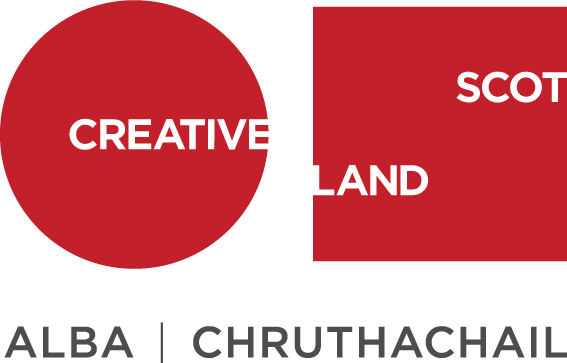Choosing an artist
 Questions for you and your team
Questions for you and your team
- How will we choose an artist?
- How do we make sure we are providing a fair opportunity?
- Who needs to be involved?
There are different ways to select an artist and your organisation will need to establish which method suits your purposes and processes best. This may be additionally influenced by external funder requirements. These include Direct invitation, Tender (also known as Limited competition, where a number of artists are asked to produce a proposal for the ultimate selection of one) and Open call. Guidance is available if you don’t have these processes established already – there are some useful links in the helpful resources section.
EDI (Equality, Diversity and Inclusion) policies should be considered at this stage. Again, sample policies are readily available from a range of sources if your organisation doesn’t already have one in place.
The University of Edinburgh Commissioning Guidelines advocate for the three main methods for finding or selecting which artists to work with; Direct, Limited and Open competition. In other sectors this might be described as a procurement process.
Though developed for commissioning, these same methods might also be helpful means for choosing an artist for a different kind of project, such as temporary exhibitions, education or engagement projects.
The brief development stage, as well as the construction or researching of a longlist, is always advised to be undertaken regardless of which of the methods are selected. These actions help galvanize project aims, ambitions and approach prior to the involvement of the artist.
If the artists practice or research is required to construct the commissioning project or area of focus, in tandem with the organisation (as opposed to being approached with a fully formed brief), then their time for this work should be considered and compensated.
Engaging an artist through one of the means outlined in the guidelines can be a helpful way of taking other decision makers or colleagues with you in the process, particularly if you are working with a partner or are part of an organisation that doesn’t regularly work with artists.
A carefully researched longlist of artists for a commission can be put together by expert nominators on the basis of the brief. Nominators might be from organisations or collectives or they could be individuals, freelancers, curators or producers with expertise in the artform being commissioned. Using a range of nominators can be a good way of ensuring that a wide pool of artists are being considered for the commission, and that different networks or areas of expertise are being consulted. Where an individual or freelance curator/producer is collating nominations it is good practice to pay them for their time.
Making an invitation
Questions for you and your team
- Who will make the invitation?
- How will we make the invitation?
- What information do we need upfront for an initial invitation?
Considering the method and delivery of your invitation is important, and the University of Edinburgh Commissioning Guidelines outline how you might decide and structure this. Some additional reflections for inclusion are as follows:
- Consider, or make yourself aware, of any pre-existing relationships that the artist(s) might have with your institution to avoid duplication of engagement and to be conscious of any conflicts of interest.
- Think through what the most appropriate means of communication might be – for example email, zoom, in person studio visit
- Consider whether any fees are required for the discussion time
- Be transparent about why you are in touch with the artist
- What is it about their practice or method of working that attracted you to them?
- In what ways does their practice gel with the values and principles of your work?
- Be upfront about resources (both financial and practical), timeframes, and context for the invitation
- The artist might not be familiar with your organisation or the work you do so it’s important to share that context to help them decide whether working with you is a right fit for them
- Don’t assume that the artist will be interested in working with your institution – there are many different reasons that may sway their decision
- Consider that the artist may not have the time or adaptability to work within the timeframe you are proposing
Be clear on payment structures so that the artist can make informed decision about capacity to accept (I.e., payment timelines, financial year ends, payment tranches vs. full budget upfront) More info on this can be found in the helpful resources section and the commissioning section.
This is a live toolkit. Please help us to develop and improve it by leaving comments in our feedback form. Thank you.



